New 'enigma' moth helps crack evolution's code
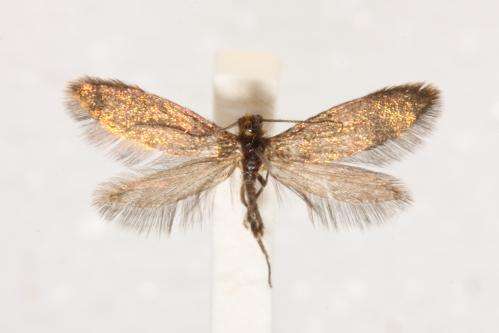
Aenigmatinea glatzella – which has iridescent gold and purple wings – is a 'living dinosaur' that represents an entirely new family of primitive moths. This is the first time since the 1970s that a new family of primitive moths has been identified anywhere in the world.
The moth was unveiled today as part of a launch of a foundation to support research into Australian moths and butterflies, and the moths and butterflies in CSIRO's Australian National Insect Collection in Canberra.
The enigma moth lives on Southern Cypress-pine trees (Callitris gracilis), a very ancient element of our flora going back to the supercontinent Gondwana.
Our fauna is so exciting we can still find new primitive species. Australia is so rich in moths that vast numbers still remain to be discovered."
With wings outstretched the adult moths are about the size of a five-cent piece. They are covered in scales that appear gold and purple, and the edges of their wings have feathery fringes.
The adult moths are short-lived. In just one day they emerge from their cocoons, mate, females lay their eggs, and then die.
Australia is thought to be home to about 22,000 species of moths and butterflies, of which about half have been named.
CSIRO researchers played a key role in identifying the moth and helped to unlock dramatic insights into the evolution of moths and their butterfly cousins.
An international team of professional researchers and enthusiasts collected and described the moth, which has so far only been found on Kangaroo Island.
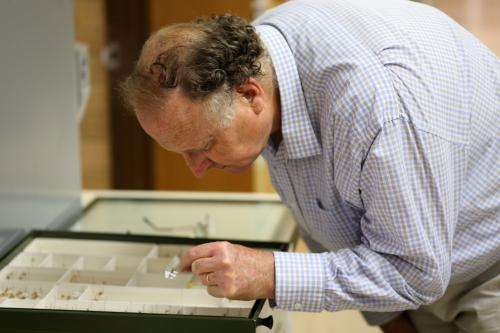
According to CSIRO's Dr Ted Edwards, who was jointly responsible for describing the new family, by studying the moth's appearance and analysing its DNA the team has revealed that the evolution of moths and butterflies is even more complex than previously thought.
"While the discovery of this new moth strengthens the evolutionary relationships between other primitive moth families, it also suggests that tongues evolved in moths and butterflies more than once," Dr Edwards, an Honorary Fellow with CSIRO's Australian National Insect Collection, said.
"Our fauna is so exciting we can still find new primitive species. Australia is so rich in moths that vast numbers still remain to be discovered."
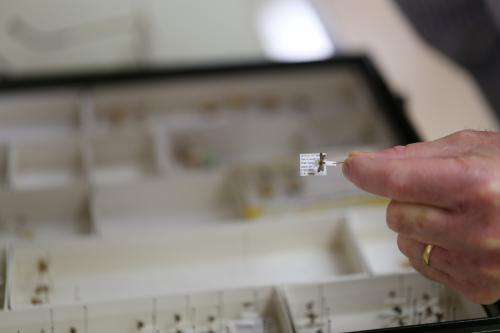
CSIRO's Australian National Insect Collection is the world's largest collection of Australian insects and related groups. It is a nationally and internationally significant research resource that contributes to our understanding of biodiversity, and supports research in evolutionary biology, ecology, biosecurity and natural resource management.
The paper describing the new family of primitive moths from Australia is published in the latest edition of Systematic Entomology.
-
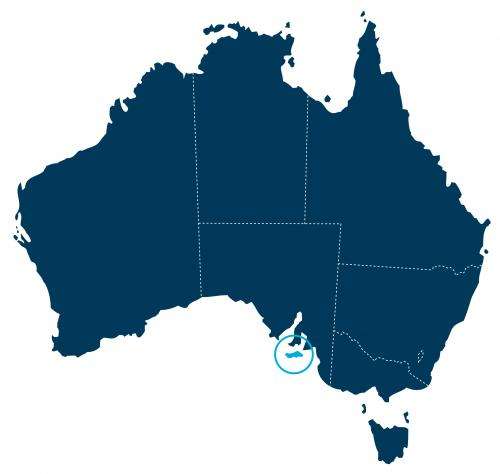
The location of Kangaroo Island, off the south coast of South Australia. -
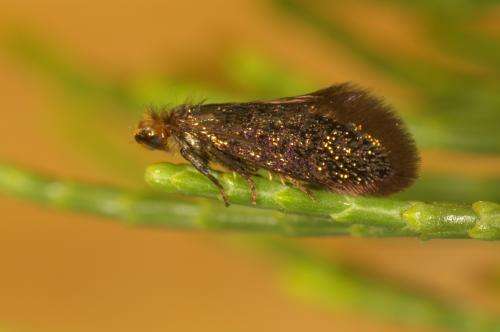
A female adult 'enigma' moth on a Southern Cypress-pine stem. Credit: George Gibbs
More information: "A new extant family of primitive moths from Kangaroo Island, Australia, and its significance for understanding early Lepidoptera evolution." Systematic Entomology, 40: 5–16. doi: 10.1111/syen.12115
Provided by CSIRO



















